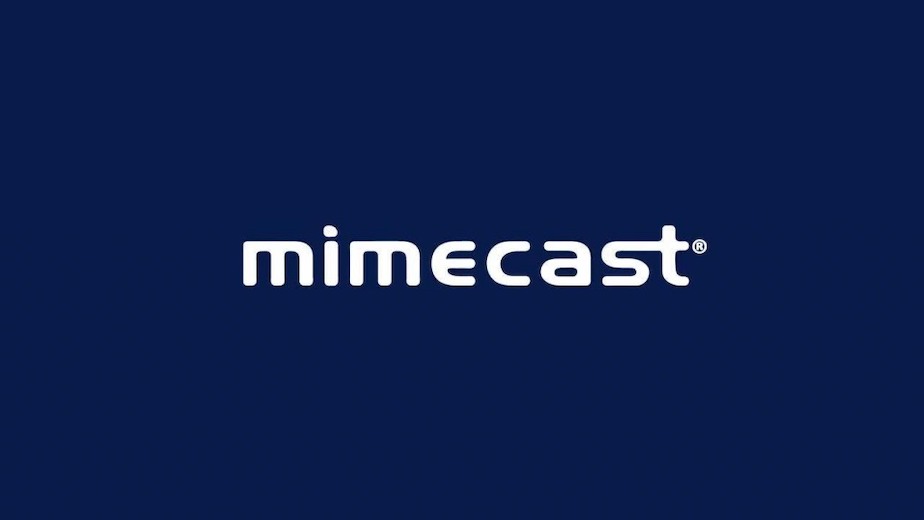How To Configure Mimecast Spam Filter

Installing and configuring Mimecast Spam Filter involves a series of steps to ensure your email environment is protected from spam and other threats. Here’s a step-by-step guide to help you through the process:
1. Sign Up and Access Mimecast
- Sign Up:
- If you don’t already have a Mimecast account, sign up via the Mimecast website. You may need to contact their sales team to purchase a subscription or start a trial.
- Access Mimecast:
- Once you have an account, log in to the Mimecast Administration Console.
2. Add Your Domain to Mimecast
- Navigate to Administration:
- In the Mimecast Administration Console, go to Administration > Gateway > Accepted Domains.
- Add Your Domain:
- Click on Add Domain.
- Enter your domain name and configure the necessary settings as prompted.
3. Configure DNS Records
- Obtain Mimecast DNS Records:
- Mimecast will provide you with the necessary DNS records, including MX (Mail Exchange) and SPF (Sender Policy Framework) records.
- Update DNS Records:
- MX Records:
- Log in to your DNS hosting provider’s management console.
- Replace existing MX records with the records provided by Mimecast. This ensures that all incoming email is routed through Mimecast.
- SPF Records:
- Add or update the SPF record to include Mimecast’s SPF information. This helps in preventing email spoofing.
- DKIM and DMARC (Optional but Recommended):
- Configure DKIM (DomainKeys Identified Mail) and DMARC (Domain-based Message Authentication, Reporting & Conformance) if required. Mimecast will provide guidance on these configurations.
4. Configure Email Routing
- Routing Rules:
- Go to Administration > Gateway > Policies.
- Configure routing policies to define how email should be processed, including spam filtering and handling.
- Outbound Mail:
- Ensure that outbound mail routing is also configured correctly. This typically involves setting up outbound mail flow to ensure Mimecast is used for outbound email security.
5. Configure Spam Filtering Settings
- Access Spam Filtering Settings:
- Navigate to Administration > Gateway > Policies > Anti-Spam Policies.
- Adjust Spam Filter Policies:
- Define the sensitivity levels for spam detection.
- Set up actions for detected spam (e.g., quarantine, reject, or tag as spam).
- Configure the handling of phishing emails and other threats.
6. Set Up User Quarantine Access (Optional)
- Configure Quarantine Settings:
- Go to Administration > Gateway > Policies > Quarantine.
- Configure how users can access their quarantined messages, such as through daily digest emails or a web portal.
7. Test and Verify
- Send Test Emails:
- Test your configuration by sending emails from various sources to ensure that spam filtering is working as expected.
- Verify Delivery:
- Check that legitimate emails are being delivered correctly and that spam is being appropriately filtered.
8. Monitor and Maintain
- Monitor Email Traffic:
- Use the Mimecast dashboard to monitor email traffic, spam activity, and filtering effectiveness.
- Review Reports:
- Regularly review reports and logs to ensure that the spam filtering settings are performing optimally and adjust policies as needed.
- Update and Maintain:
- Keep your Mimecast configuration up-to-date with any changes in your email environment or threat landscape.







